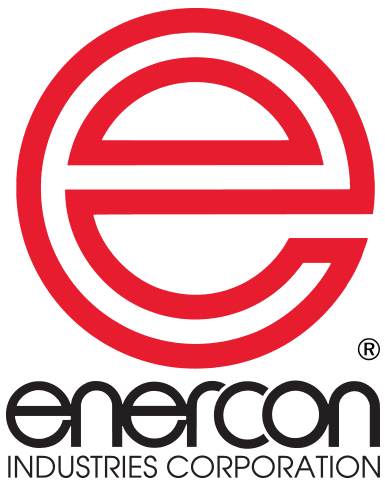Optimal Blown Film Line Layout for Surface Treatment
When it comes to surface treatment on a blown film line, there are a number of different philosophies employed. Factors including budget, available space, and specific application criteria all contribute to your ultimate decision.
Because of these variables, it’s understandable that if I asked ten film extruders how they set-up the surface treatment section of their line, I would likely get a half-dozen or more different answers. Not all of the configurations create an optimum scenario for surface treating success. I know this because I speak with film extruders on a daily basis. Some are looking for help on their current line while others are planning a new project and want to ensure their success.
Over the years, the Enercon team has learned what works on a blown film line and what holds the potential for trouble. And with today’s race to produce film faster, thinner and with lower tension it makes sense to optimize your treater set-up for the worst-case scenarios.
Treating the outside of the film
Upstream applications that require treatment of the outside of the film are fairly straightforward. The biggest challenge here is ensuring the nip roll prior to the surface treater is properly adjusted. If it is not, air will remain trapped inside the tube and backside treatment will occur.
A two-sided covered roll system with stainless electrodes works well for this type of application. For more information on which roll covering to select, send me an e-mail and I’ll e-mail you a technical article that reviews your options.
Treating either the inside or the outside of the film
It’s helpful to realize that treating slit film is a much more delicate process than treating film in a tube format. Slit film requires careful handling as it has a tendency to wrinkle which will cause backside and uneven treatment levels. Therefore a layout (Fig. 1) where treatment occurs after slitting is not desirable.

Some companies create a complex web path for the substrate after slitting so they can utilize one additional two sided surface treater. (Fig. 2) These web paths require multiple idler rolls and nip rolls which add significantly to the cost and size of the station. So this concept is not desirable because of both cost and the potential for web handling issues that will cause backside treatment.

A cleaner and simpler solution is to use two single sided corona treaters. This allows you to ensure an easy web path for your operators to thread. And more importantly, it allows the film to follow a relaxed natural path to ensure reliable treatment results. (Fig. 3)

Are you using the right type of treater?
In many cases lane treating is not required for downstream treating. In these cases we recommend a Universal-roll treater with ceramic electrodes. The durable Universal- roll eliminates the periodic roll failures associated with typical covered roll systems. In addition, the ceramic electrode system virtually eliminates the chance for backside treatment providing yet another bonus.
Watch an on demand webinar or read the now available white paper: “Optimizing your film extrusion line for surface treatment“.

